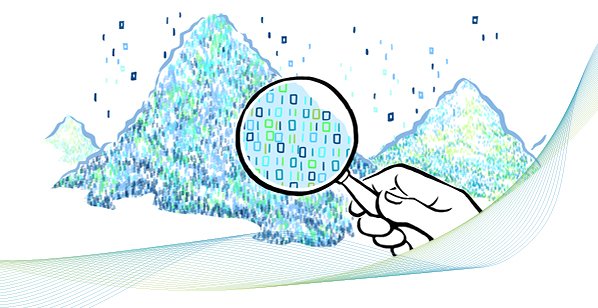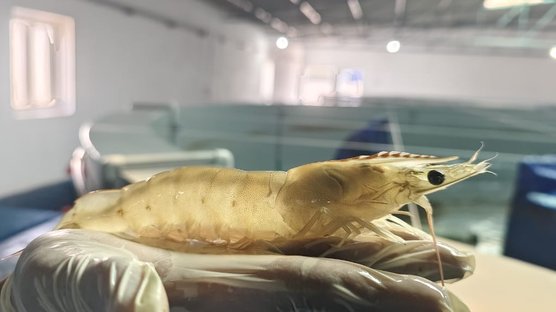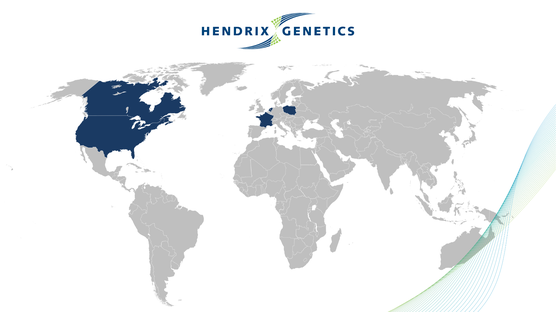
Published on Sept. 21, 2017
From big data to smart data
The world cannot stop talking about the power of big data. Big data offers possibilities to organizations. Tapping into the data Hendrix Genetics has reveals patterns, trends and associations. It is a powerful tool to make the right decisions based on accurate predictions. Big data also brings challenges that include capturing, storing and analyzing it. Through information-sensing devices the data flows are exploding. Think of: mobile devices; cameras; microphones; radio-frequency identification (RFID) readers; and motion sensors.
Technology is changing animal breeding
These modern technologies, invented in other industries, can innovate animal breeding. Bram Visser, a mechanical engineer, works as a Data Scientist at Hendrix Genetics. He explains the developments he believes will change the breeding data landscape.
Gathering data is always changing
The way we gather data performances of breeding animals will change. New sensor and imaging technologies will measure existing performances. Also it will be in a higher frequency and have a greater accuracy level. At the same time reducing the manual handling of the animal or its protein output.
New performance data is finding its way to our central breeding database. The information will extend and improve our breeding programs. The most relevant and interesting new performance characteristics focuses on animal behavior. The trend of raising and keeping animals in groups, requires greater space and more social animals. Through the application of new technologies we are able to track movements. Also their body condition and social interactions have an impact on the outcome.

We explain the challenges of animal breeding to technology partners. And discover new ways to measure, process and analyze our data. We then realize quick wins and innovate our breeding programs through good collaboration.
Artificial intelligence will deliver smart data
Next to data collection, Bram believes in the power of artificial intelligence or machine learning. Analyzing data with traditional methods to predict the genetic value of animals might become something from the past. Computers have the ability to learn, correct and improve its data analysis 24/7. Machine learning algorithms become even more powerful. When more data becomes available in the future, they are capable of finding correlations we never thought of. And boost the results. We have begun discovering the endless potential of artificial intelligence.



